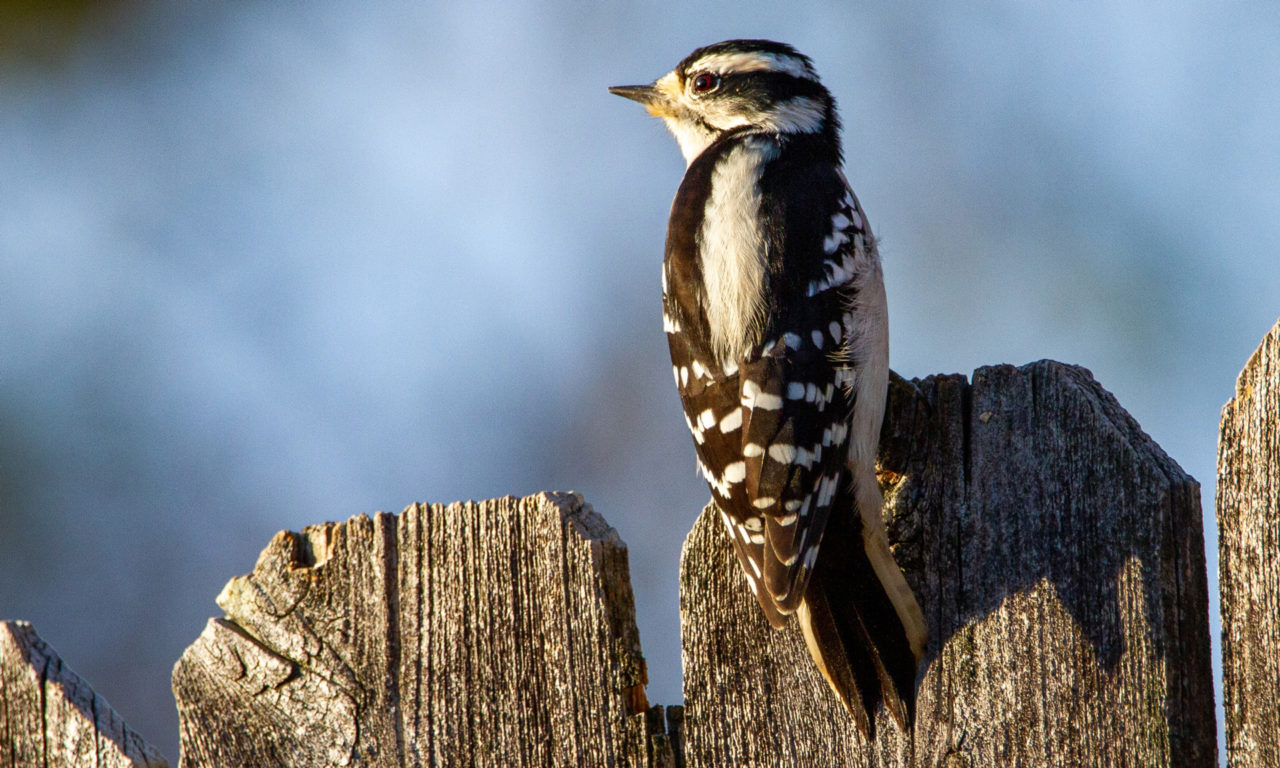Observing Woodpeckers in Florida: Types Variety and Distribution
Observing Woodpeckers in Florida: Types Variety and Distribution
Blog Article
Unveiling the Tricks of Woodpeckers: Actions, Habitat, and Much More
Woodpeckers, with their one-of-a-kind behaviors and specialized adaptations, have actually lengthy fascinated scientists and nature lovers alike. These impressive birds possess a variety of appealing keys that shed light on their survival techniques, environment choices, and detailed communication methods. By revealing the mysteries surrounding woodpeckers' habits and habitat options, a much deeper understanding of these bird marvels arises, supplying a glimpse into their fascinating world. So, what makes these birds absolutely remarkable, and exactly how do they navigate their atmosphere with such precision and skill? Let's check out the fascinating realm of woodpeckers and decipher the enigmatic details that make them such interesting subjects of study.
Woodpecker Habits Insights
In taking a look at woodpecker habits, an interesting display of specialized abilities and adjustments emerges, shedding light on their remarkable eco-friendly specific niche - Woodpeckers in Florida. Woodpeckers, understood for their distinctive drumming on trees, have a variety of behavior qualities that contribute to their survival and success in their environment. One vital habits is their drumming, which serves numerous functions such as interaction, developing territory, bring in companions, and situating food resources. This rhythmic pecking additionally showcases their amazing toughness and endurance, as they can hammer away constantly at broadband without creating harm to themselves.
Furthermore, woodpeckers exhibit an one-of-a-kind feeding behavior defined by their ability to essence pests from tree bark using their specialized beaks. Their long, barbed tongues help in capturing victim, while their solid neck muscles offer security and precision during pecking activities. This feeding strategy enables woodpeckers to accessibility hidden insect larvae and extract them with exceptional performance.
Habitat Preferences and Choice
What factors influence the habitat preferences and selection of woodpeckers? One essential element influencing woodpecker habitat selection is the schedule of ideal nesting websites. Woodpeckers normally like forests with a mix of mature trees that provide ample opportunities for cavity excavation.
Additionally, woodpeckers reveal a choice for habitats with an abundant supply of food resources. They are largely insectivorous, preying on beetles, ants, larvae, and other insects found in worn out timber or tree bark. Woodpeckers tend to prefer wooded locations with a varied insect population to fulfill their nutritional needs.
Moreover, the visibility of dead or worn out trees is another vital aspect in woodpecker habitat option. These trees not just offer food resources however also use suitable substratum for tooth cavity excavation. Dead trees are important for the upkeep of healthy woodpecker populaces, as they play an important duty in the woodpeckers' life process and ecosystem characteristics.
Feeding Habits and Diet Regimen Composition
Woodpeckers show a specialized feeding behavior concentrated on foraging for insects within numerous habitats. Their diet regimen primarily contains pests such as beetles, ants, caterpillars, and spiders, which they situate by touching on tree bark and listening for the sound of movement inside. Woodpeckers use their strong beaks to drill into the wood and their long, barbed tongues to draw out victim from gaps. Along with bugs, woodpeckers likewise take in tree sap, fruits, nuts, and seeds, including range to their diet regimen depending on the season and accessibility of food resources.
The foraging strategies company website of woodpeckers are well-adapted to their arboreal way of living. Woodpeckers play a vital function in preserving the health of forests by regulating insect populaces and assisting in the decay of wood.
Drumming Sounds and Interaction
Using rapid drumming audios on different surfaces, woodpeckers use an unique form of communication to signify area boundaries and bring in companions. This drumming behavior is not just a means of interaction however also acts as a way for woodpeckers to develop their existence within a specific location. The intensity, rate, and pattern of the drumming can communicate vital my latest blog post info to various other woodpeckers around.
Woodpeckers use drumming noises to announce their existence in a territory and to alert off potential burglars. The loud and repeated nature of the drumming offers as a clear signal to other woodpeckers that the location is already declared. This aids in minimizing problems and reducing physical battles between people.

Survival Adaptations and Specialized Makeup
/https://tf-cmsv2-smithsonianmag-media.s3.amazonaws.com/filer_public/30/ac/30acf469-09cd-4fcc-a812-1aa30f477578/aprmay2024_l09_woodpeckers.jpg)
Verdict
In verdict, woodpeckers exhibit distinct behaviors, such as drumming sounds for communication, and have actually specialized makeup for survival in their selected environments. Their feeding routines and diet structure additionally demonstrate their versatility to various environments. By recognizing these elements of woodpeckers, researchers and conservationists can much better safeguard and preserve these interesting birds and their environments.
Report this page